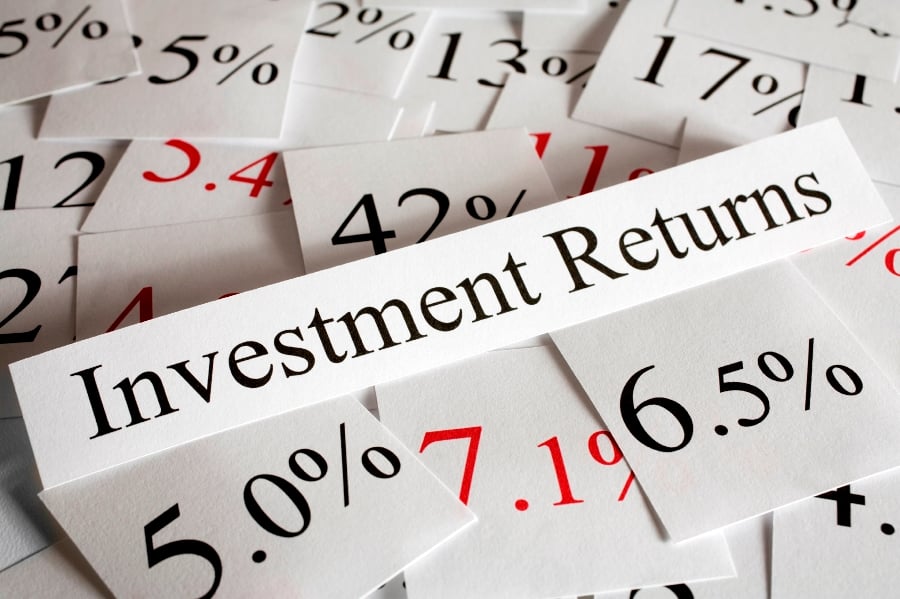Richard Turnill,
BlackRock's chief global investment strategist, has some advice for investors: Curb your enthusiasm. And he's not alone.
“We see a global portfolio made up of
60% equities and 40% fixed income producing annual returns of just 3.3% in U.S. dollars, before inflation, over the next five years,” Mr. Turnill wrote in BlackRock's most recent weekly market commentary. The outlook is worse for those who stay with U.S. assets: less than 3%, or about 1% a year after inflation.
One reason for the gloominess: Likely negative returns for long Treasury bonds and Eurozone debt as well. Low interest rates here and abroad make long-dated debt particularly vulnerable. “These assets are still important portfolio diversifiers, but the price of that diversification is rising,” Mr. Turnill warned.
Assuming a long, flat recovery — which Mr. Turnill does — stocks may well be laggards as well, at least compared to their long-term average returns. He sees U.S. stocks, large and small, as returning less than 5% annually.
Only foreign stocks, emerging markets stocks and private equity will clear 5% annual returns before inflation, Mr. Turnill said. “Our international equity return estimates are now above the long-term average, thanks to improved valuations outside the U.S.”
The GMO funds, while smaller than the $4.6 trillion BlackRock (BLK), paints a similarly gloomy picture. Historically, U.S. stocks have gained 6.5% a year after inflation. But you're going to be disappointed in the next seven years, GMO says.
In its most recent estimate of returns for the next seven years, Boston-based GMO sees large-cap U.S. stocks returning an average -2.3% a year after inflation, with large-cap international stocks gaining 1.2% annually. The best stock bet, in GMO's estimation: Emerging markets stocks, which they project will grow 4% a year after inflation.
GMO's outlook for bonds is particularly grim, with U.S. bonds losing an average 1.6% a year and currency-hedged international bonds losing 3.4%. Emerging markets debt will eke out a 1.7% average annual return, in GMO's estimation.
The best investment for the next seven years, according to GMO: timber, which they think will grow at a 4.8% pace.
Most of the gloomsayers' predications for stocks are based on earnings projections and price-to-earnings multiples. And as first-quarter earnings roll in, the picture isn't terribly pretty. Aggregate earnings for the Standard and Poor's stock index are estimated at $26.18, an 18% decline from a year earlier, and the third quarterly decline in a row, S&P says. Even excluding the desultory energy sector, earnings are projected to fall 3.4%, S&P says. And the S&P 500's price-to-earnings ratio is 17.8, using forward earnings estimates — above its 15-year average.







